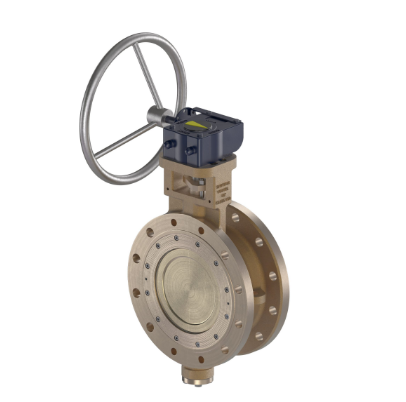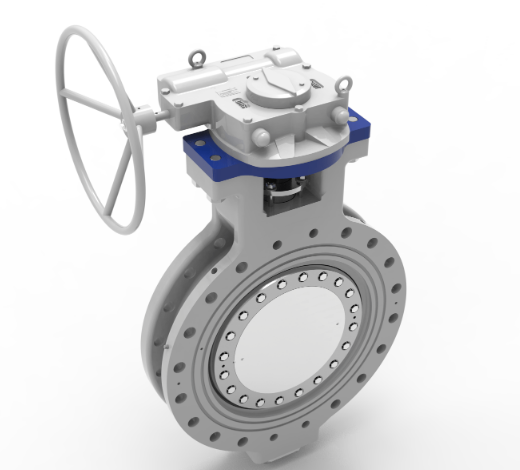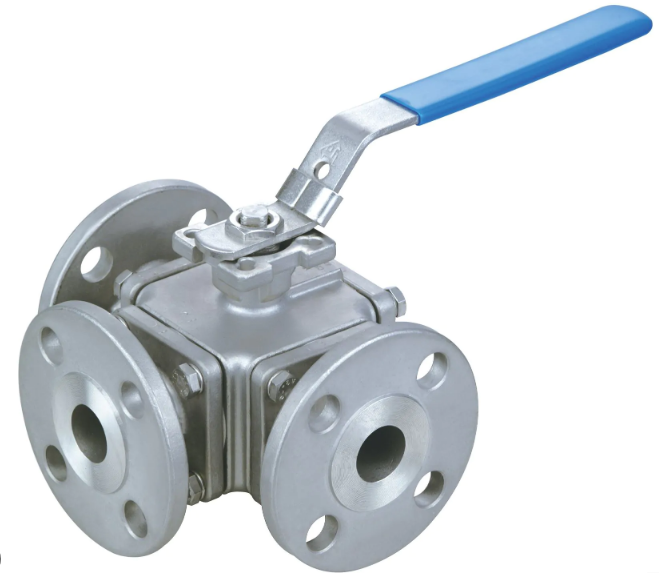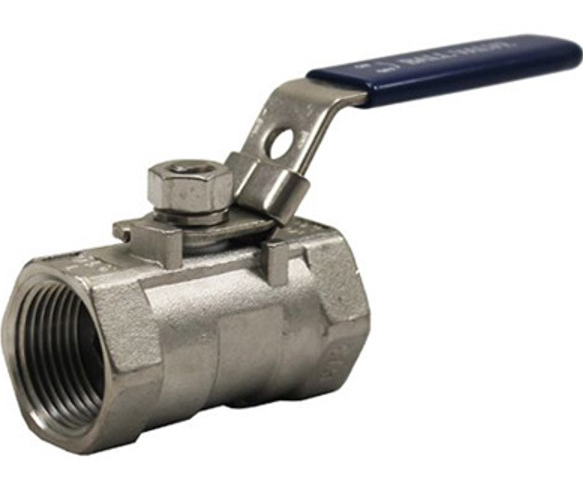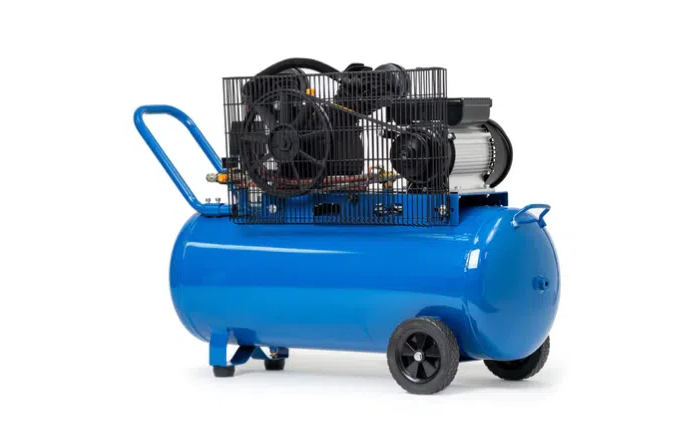Introduction
Pneumatic actuators are critical components in automated systems, enabling precise control of valves and machinery through compressed air power. However, like any mechanical device, they can experience wear and faults over time. Understanding pneumatic actuator repair processes is essential for minimizing downtime and extending equipment life. This article covers common issues, repair methods, and maintenance tips to help you keep pneumatic actuators in optimal condition.
Why Pneumatic Actuator Repair Is Important
Timely repair prevents small problems from escalating into major failures, which can cause costly production stoppages or safety risks. Proper repair restores actuator performance, ensures system reliability, and reduces the need for full replacements.
Common Pneumatic Actuator Problems
1. Air Leakage
-
Cause: Worn or damaged seals, gaskets, or O-rings.
-
Effect: Loss of pressure leading to weak or no movement.
2. Corroded or Damaged Internal Components
-
Cause: Exposure to moisture, chemicals, or poor maintenance.
-
Effect: Sticking pistons, uneven movement, or complete failure.
3. Broken Springs (in Single-Acting Actuators)
-
Cause: Metal fatigue after repeated cycles.
-
Effect: Failure to return to the default position.
4. Mechanical Wear
-
Cause: Long-term friction, contamination, or misalignment.
-
Effect: Excessive play, noise, or incomplete stroke.
5. Control Valve Malfunction
-
Cause: Dirt buildup, electrical issues (if solenoid-operated).
-
Effect: Inconsistent air supply causing erratic actuator behavior.
Step-by-Step Pneumatic Actuator Repair Process
Step 1: Diagnose the Problem
-
Inspect the actuator for visible damage or leaks.
-
Listen for unusual noises during operation.
-
Check air supply pressure and flow.
Step 2: Disassemble the Actuator
-
Follow manufacturer instructions carefully.
-
Remove covers, seals, pistons, and springs as needed.
Step 3: Clean All Components
-
Use appropriate solvents to remove dirt, grease, and corrosion.
-
Dry parts thoroughly before reassembly.
Step 4: Replace Worn or Damaged Parts
-
Replace seals, O-rings, springs, and any corroded parts with OEM or high-quality equivalents.
Step 5: Reassemble and Test
-
Lubricate moving parts as recommended.
-
Reassemble carefully ensuring proper alignment.
-
Test actuator function with compressed air before reinstalling.
Maintenance Tips to Minimize Repairs
-
Regularly check and replace seals and lubricants.
-
Keep the air supply clean and dry using filters and dryers.
-
Avoid exposure to corrosive environments or use corrosion-resistant actuators.
-
Schedule periodic inspections and functional tests.
-
Train operators on proper actuator handling and operation.
When to Consider Professional Repair or Replacement
-
If damage is extensive or internal components are severely worn.
-
When replacement parts are not readily available.
-
If downtime must be minimized and in-house repair resources are limited.
Professional service centers have specialized tools and expertise for complex repairs and refurbishments.
Conclusion
Effective pneumatic actuator repair extends equipment life, ensures reliable operation, and reduces costs associated with unexpected failures. By promptly diagnosing issues, following proper repair procedures, and maintaining your actuators, you can maximize system uptime and performance.
FAQ — Pneumatic Actuator Repair
Q1: How often should pneumatic actuators be inspected?
At minimum, every 6 months or according to manufacturer recommendations and operating conditions.
Q2: Can I repair a pneumatic actuator myself?
Basic repairs like seal replacement can be done with proper tools and manuals, but complex repairs should be handled by professionals.
Q3: What is the average lifespan of a pneumatic actuator?
Typically 5–10 years depending on usage, environment, and maintenance.
If you want to learn more about low-priced products, please visit the following website: www.xm-valveactuator.com







